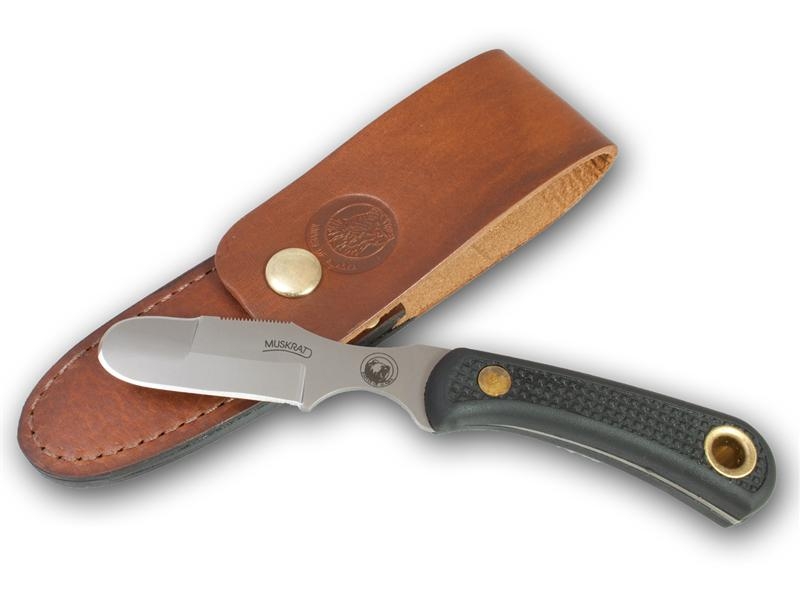Not known Details About Alaskan Ulu Knives
Table of ContentsExcitement About Alaskan Ulu KnivesBmerry Studio Ulu Knives Can Be Fun For EveryoneThe 9-Minute Rule for Alaskan Ulu KnivesBmerry Studio Can Be Fun For Anyone
I will assume that the width and also angles will certainly be playing to the strengths of each of the grinds. shapes that contour inward, like a hourglass. Assume of just how a cavern contours in, or assume "con-cavity". shapes that curve external, like a football. the rear of a blade, reverse of the side.
A complete hollow grind goes from the side completely as much as the spine. The Black Widow Caper visualized above is almost a full hollow grind; you can see that a little bit of the stock on the spine is still left unground. The hollow grind is prominent for both manufacturing and also handmade knives.
Transforming wheel dimension can be expensive for suppliers and also handmade makers alike, which might restrict hollow ground designs to particular sizes, or incur added costs to make a specific layout. The hollow work is typically done on a slim blade, as well as then ground to have a thin side. As I clarified in my short article on Blade Edges, thinner edges are a little weaker however they likewise slice better than thicker sides.
The Basic Principles Of Bmerry Studio Ulu Knives
If you integrate a hollow grind, a thin edge, and a good deep belly, it will certainly be among the ideal cutting knives you have ever had. One benefit of the hollow work is that the blade does not increase in density as significantly as other grinds do. This means that as you sharpen the side, it will certainly stay virtually as thin as when you initially got your knife.
The hollow grind does have a drawback certainly. Given that there is much less product sustaining the side, it can chip or surrender with hard usage which make hollow grinds unfavorable in big format blades like machetes. If you need your knife to be a supreme slicer, the hollow grind will certainly execute admirably.
Hollow grinds are usual on hunting and skinning blades therefore. An additional blade that utilizes the hollow work is the straight razor. The exceptionally thin side you can attain with a hollow work enables very easy push cutting with the straight razor.: Superb cutting capability, very easy to sharpen, simpler to manufacture (can be subjective).
: The edge can be breakable contrasted to various other grinds. No chopping. Grinding wheel costs could limit blade design. The full level grind is as it appears - the grind goes all the way below the back to the edge bevel in a level, straight slope. The flat grind is just one of the most flexible grinds.
The Only Guide to Alaskan Ulu Knives
Or it can be a balance between the two. Most flat grinds are a balance between both, though it will depend on the design. The full flat grind is thickest at the back for toughness, yet tapers down into a fairly slim edge for superb cutting. Extra steel is gotten rid of from the sides, permitting for simpler cutting and also enabling additional reading the blade to move through tools less complicated.
The level grind's key bevel inclines linearly as well as slowly. This permits the complete level grind to travel through products with more convenience than other grinds who incline non-linearly (hollow), or at steeper angles (sabre). This is why most of kitchen blades are level ground - so they can go through food easily without much resistance.
If a person says "sabre hollow ground" you recognize the blade has a hollow grind that begins partway down the blade. The change line in between the main bevel and also the unground portion of the blade is described as the Sabre Line. The sabre work is utilized when the maker desires a more powerful blade.
The carve grind is not ground on one side in all. It is completely flat on one side, and also has the primary bevel only on one side. BMerry Studio Ulu Knives. The carve grind may or may not have look at this website a secondary edge bevel. The blade imagined above, as well as the profile representation image to the left, are both sabre carve grinds.
The Only Guide to Bmerry Studio
A full chisel grind would have the bevel copulate approximately the spine (BMerry Studio). The sculpt work is simple to make, as you only have to grind one side, as well as you don't have to make the grind symmetrical with the opposite. The sculpt work is also very easy to develop for the exact same reason - there's just one side to Go Here hone (and afterwards strop off the burr).

The low sabre work produces an obtuse main bevel angle, combined with a chisel work, creates an extremely thick and durable edge.: Outstanding toughness, great slicing (depending on angle), very easy to hone, can have fantastic cutting capacity (again - angle).: Often found in choppers such as machetes or various other bushcraft blades.